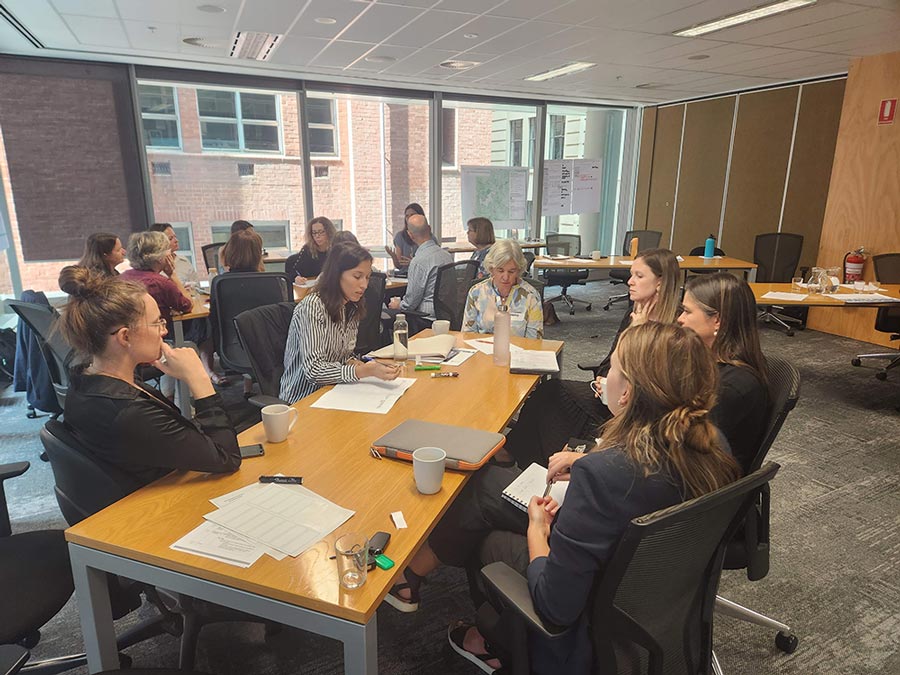Green–blue infrastructure provides a range of services, such as heat mitigation, energy savings, flood management, habitat, and amenity, recreation and tourism services. But there are also some less obvious ones too, like population health and wellbeing, and lower crime rates. We are working with Perth’s Water Sensitive Transition Network (WSTN), identifying the green–blue infrastructure – e.g. wetlands, waterways, parks, bushland, green corridors, stormwater assets and trees – that provide services and then quantifying the value of those services.
This information will be used to develop ‘killer facts’ and infographics that stakeholders can use to protect and restore existing green and blue assets in Perth and Peel. ‘Killer facts’ are punchy, memorable, headline-grabbing statistics that capture attention and advocate for green–blue infrastructure. They can also attract current and novel funding and financing opportunities to support implementation.
For example, street trees can increase local business income by 20% (Source: CRC for Water Sensitive Cities Australia). You can find more examples on the Knowledge Platform created by the CRC for Water Sensitive Cities (e.g. relating to urban heat, green infrastructure and natural systems).

We kicked things off with a workshop at the end of April. Participants identified priorities for developing these facts and cut through messages. They considered the benefits of different green–blue asset classes with examples and evidence across the Perth region. They also considered priority issues for target audiences such as the community, politicians and businesses, and how green–blue infrastructure could contribute to meeting these priorities.
We had representatives from state government agencies (e.g. Biodiversity, Conservation and Attractions; Water and Environmental Regulation; Department of Planning, Lands and Heritage; Communities; Health; Education; Infrastructure and Water Corporation), peak bodies and advocacy groups (e.g. Western Australian Council of Social Services; Western Australian Local Government Association; Perth NRM), academia (e.g. the University of Western Australia; Murdoch University) and the private sector (e.g. Josh Byrne & Associates; Urbaqua).

Transforming Thailand’s Western Lower Chao Phraya River basin with multifunctional blue–green corridors

Water Sensitive Cities Australia at OzWater2025

Monitoring nature-based solutions using low-cost IoT sensors

Shaping inclusive climate policy through real stories

